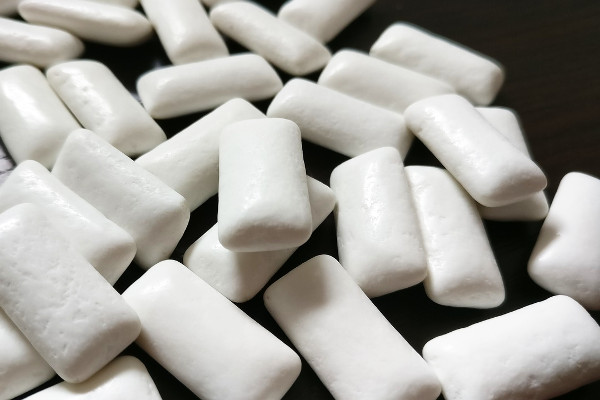PT. HES Indomakmur Gemilang – Titanium dioxide, also known as titanium(IV) oxide or titania, is the naturally occurring oxide of titanium, chemical formula TiO When used as a pigment, it is called titanium white, Pigment White 6 (PW6), or CI 77891. Generally, it is sourced from ilmenite, rutile and anatase. It has a wide range of applications, including paint, sunscreen and food coloring. When used as a food coloring, it has E number E171. World production in 2014 exceeded 9 million metric tons. It has been estimated that titanium dioxide is used in two-thirds of all pigments,
The production method depends on the feedstock. The most common mineral source is ilmenite. The abundant Rutile mineral sand can also be purified with the chloride process or other processes. Ilmenite is converted into pigment grade titanium dioxide via either the sulfate process or the chloride process. Both Sulfate and Chloride Processes produce the titanium dioxide pigment in the rutile crystal form, but the Sulfate Process can be adjusted to produce the anatase form. Anatase, being softer, is used in fiber and paper applications. The Sulfate Process is run as a batch process; the Chloride Process is run as a continuous process.
Plants using the Sulfate Process require ilmenite concentrate (45-60% TiO2) or pretreated feedstocks as suitable source of titanium. In the sulfate process Ilmenite is treated with sulfuric acid to extract iron(II) sulfate pentahydrate. The resulting synthetic rutile is further processed according to the specifications of the end user, i.e. pigment grade or otherwise. In another method for the production of synthetic rutile from ilmenite the Becher Process first oxidizes the ilmenite as a means to separate the iron component.

